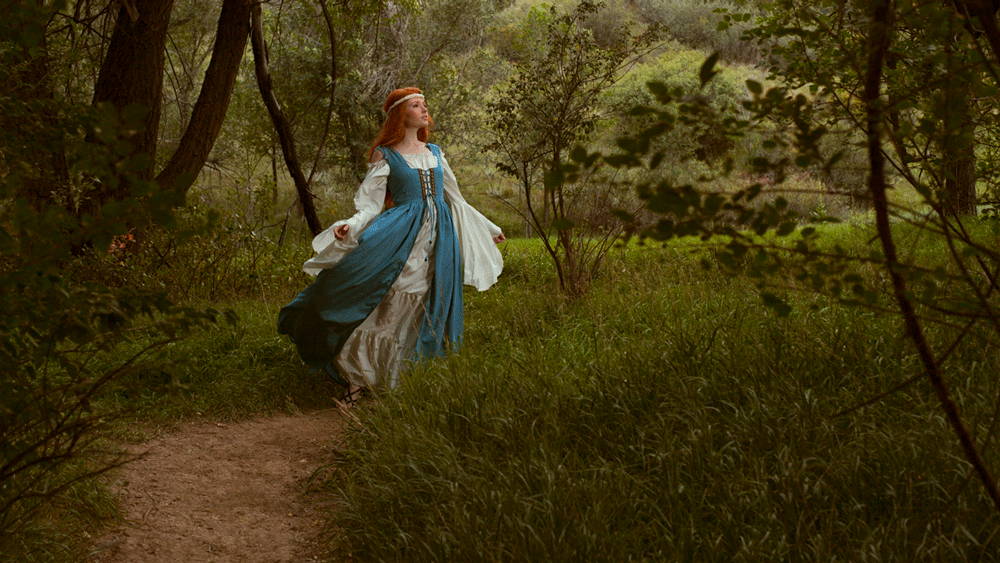PRACTICE MAKES PERFECT IN PHOTOGRAPHY
"Visualization is day dreaming with a purpose.” – Bo Bennett
Improving a skill set takes rehearsal, repetition, and hours of purposeful practice. In photography, photographing every day is, of course, the very best way to improve. But, is daily practice the only way forward? What happens when life, planning, or obstacles stop you from shooting every day?
There is one way you can still grow into a great photographer who takes great photos, even when you can't actually pick up your camera.
"When you visualize, then you materialize."
— DENNIS WAITLEY
IMAGERY AND ELITE PERFORMANCE
Imagery, also known as visualization, is the practice of mentally immersing yourself in your performance. Many elite athletes and top performers use imagery to practice when real practice is not possible, or just before entering a competition when the stakes are higher as a second chance at winning likely doesn’t exist.
Imagery involves using as many of your five senses as possible to make the performance you are envisioning as real as possible.
IMAGERY IN PRACTICE
Years ago, when learning about imagery for the first time, a clip was circulating showing the United States Navy’s Blue Angels going over the preshow briefings. Noticeable in that ancient clip were the pilots talking about the pre-performance exercises.
“The Boss” sat at the head of the table, repeating the same flight commands that the squadron of pilots would hear in the air. Many of the pilots sat, eyes closed, hands gripping imagined flight controls as they listened and envisioned exactly what they would do in the cockpit during each of the maneuvers.
This is a great example of imagery in action. Not only are the margins for error razor-thin during these sorts of performances, but the cost of practice is extraordinarily high. Imagery in this scenario is a tool for mental preparedness as well as a cost-saving factor. The video is included here for reference.
IMAGERY IN PHOTOGRAPHY
To be clear, imagery itself is a skill set and requires a lot of practice but, unlike the physical act of taking photographs, imagery can be rehearsed any time, any place. As with many things, setting your intentional use of imagery before setting out to practice can be a great way to focus your practice.
- Plan your use of imagery - If you have found that you often encounter a particular issue, skill, or strategy on your photoshoots, use imagery to imagine yourself in that situation. You can use the mental performance to work out the kinks, build confidence and move your real-life performance forward.
- If you get nervous with clients around try imagining the actions needed during a client photoshoot, performing the exact same measures you would during the actual shoot.
- Try to put as much as you can into the imagined task. Hold your camera, mentally walk through the tasks needed to reach peak performance. Manage the camera settings, set the shutter speed in your mind, choose the depth of field, cover all the aspects of photography just as you would in person.
- Set up the lighting you will use. Something that is akin to real practice is to go through the steps of setting up the real lighting that will be used during the shoot. Without turning on the lights, see the lights fall off. Envision how it will land on the subject and what the environment will do to the light. Will the light bounce, or spill onto unintended objects?
- Move toward quality rather than quantity. Remember the better you are at imaging the scenario or the performance the more you will get out of your mental practice. Since this practice is a skill within itself, it is more about the quality of the practice than the time it took to be in the practice.
- Remember your past performances. Think back to those shoots you were “in the zone” or in a flow state. What did your body feel like? What were you thinking? How did excellence feel? Many of us will pick every detail apart when we have a negative performance experience but how often are you spending the same time focusing on understanding what right feels like?
CONCLUSION
There are countless ways you could tap into mental imagery to practice your craft when actual practice isn’t feasible. The more often you use imagery the better you will become at it and the more you will see your efforts returned in your daily work.
Nothing can take the place of purposeful practice but not having a shoot should not hold you back from practicing the next best method for improving your photography skills.









